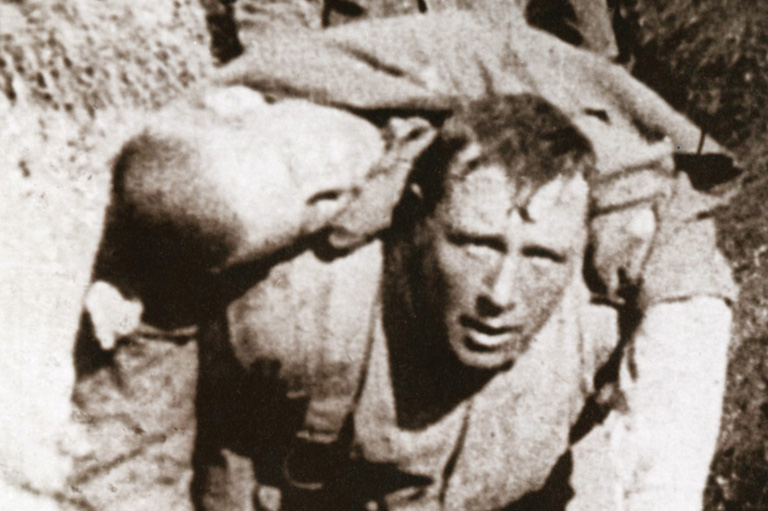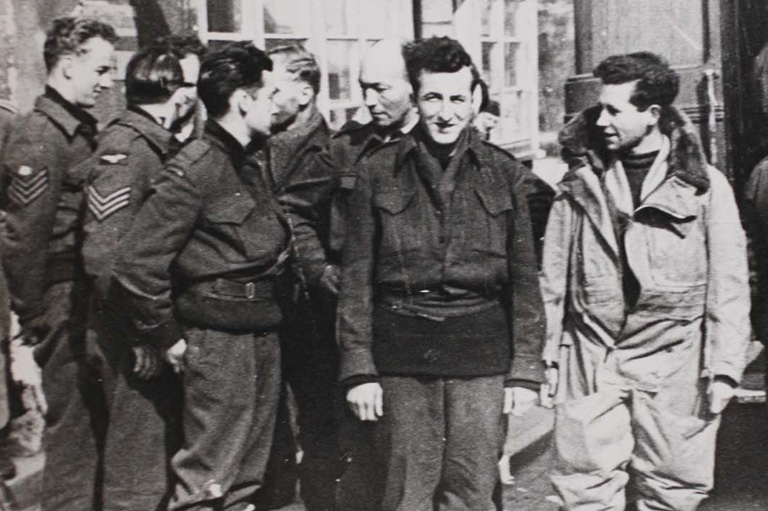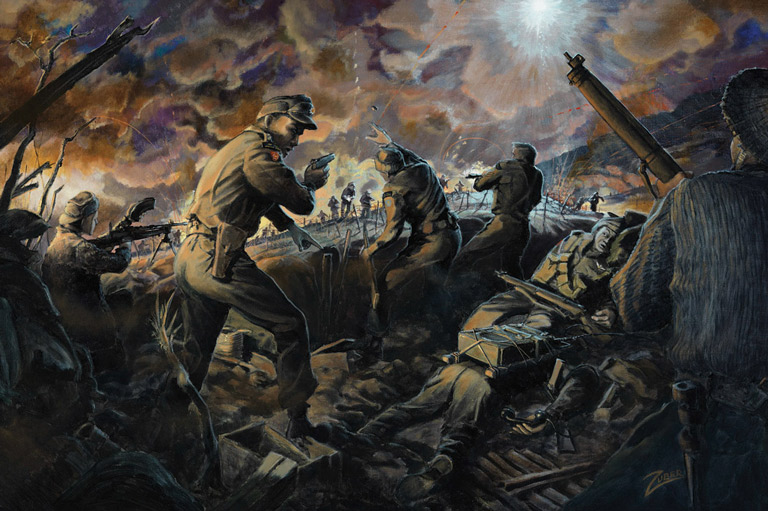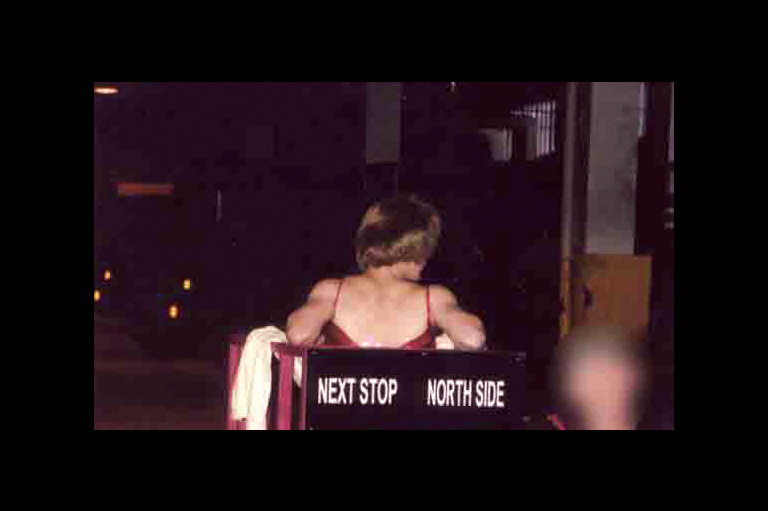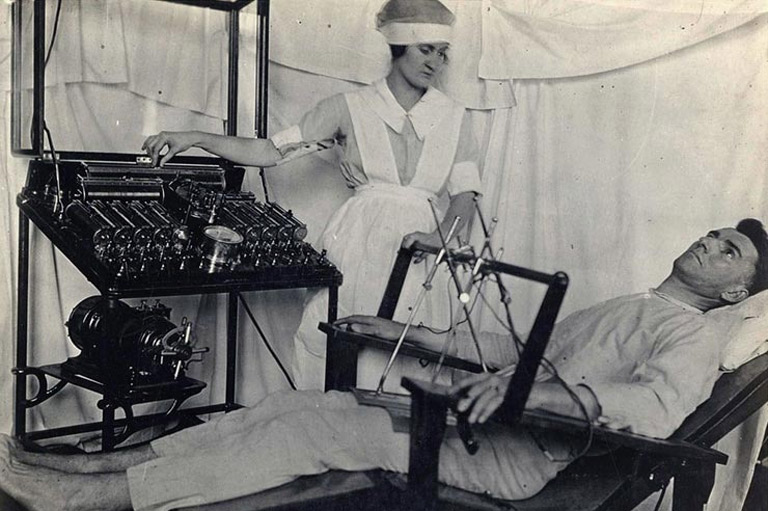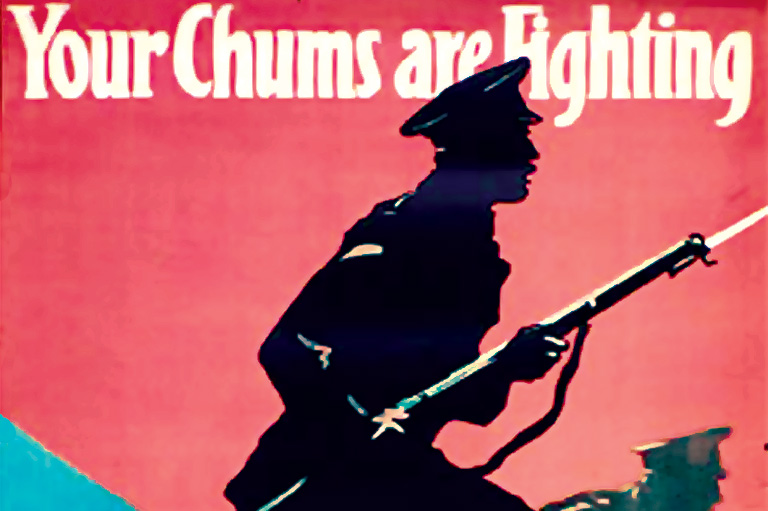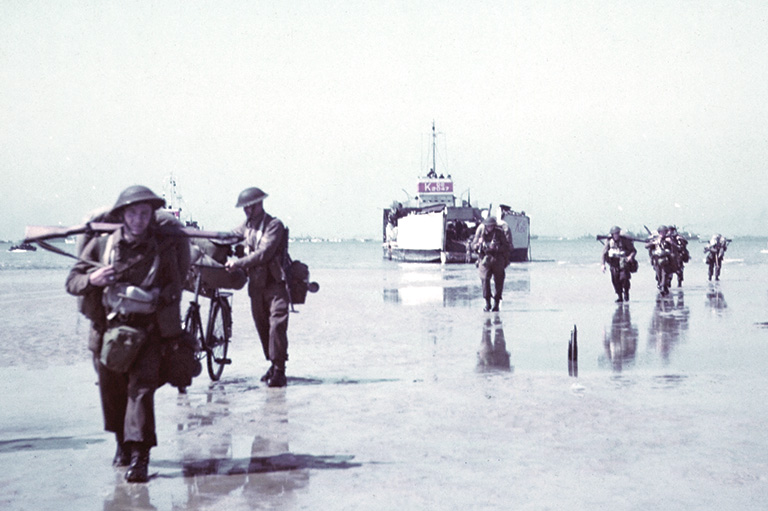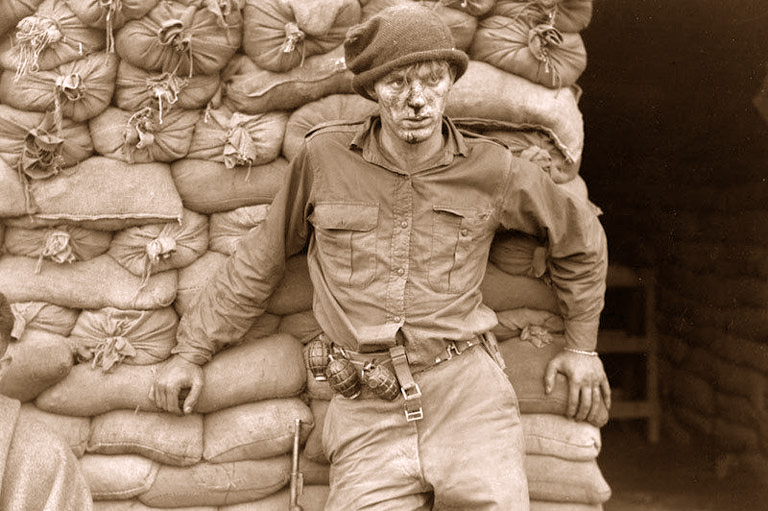Shell Shock
The following articles originally appeared in our award-winning June-July 2010 issue, a special investigation into shell shock. “WWI: The Great War of the Mind” is an audio excerpt; the full article can be read in our digital archive. “Shell Shock Through the Wars” was a website-only article that includes a photo gallery of propaganda posters.
Themes associated with this article
Advertisement
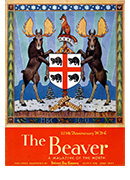
A Century of History in Your Pocket
Canada’s History Archive, featuring The Beaver, is now available for your browsing and searching pleasure!
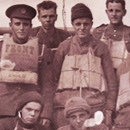
Canada's Great War Album
The war that changed Canada forever is reflected here in words and pictures.

